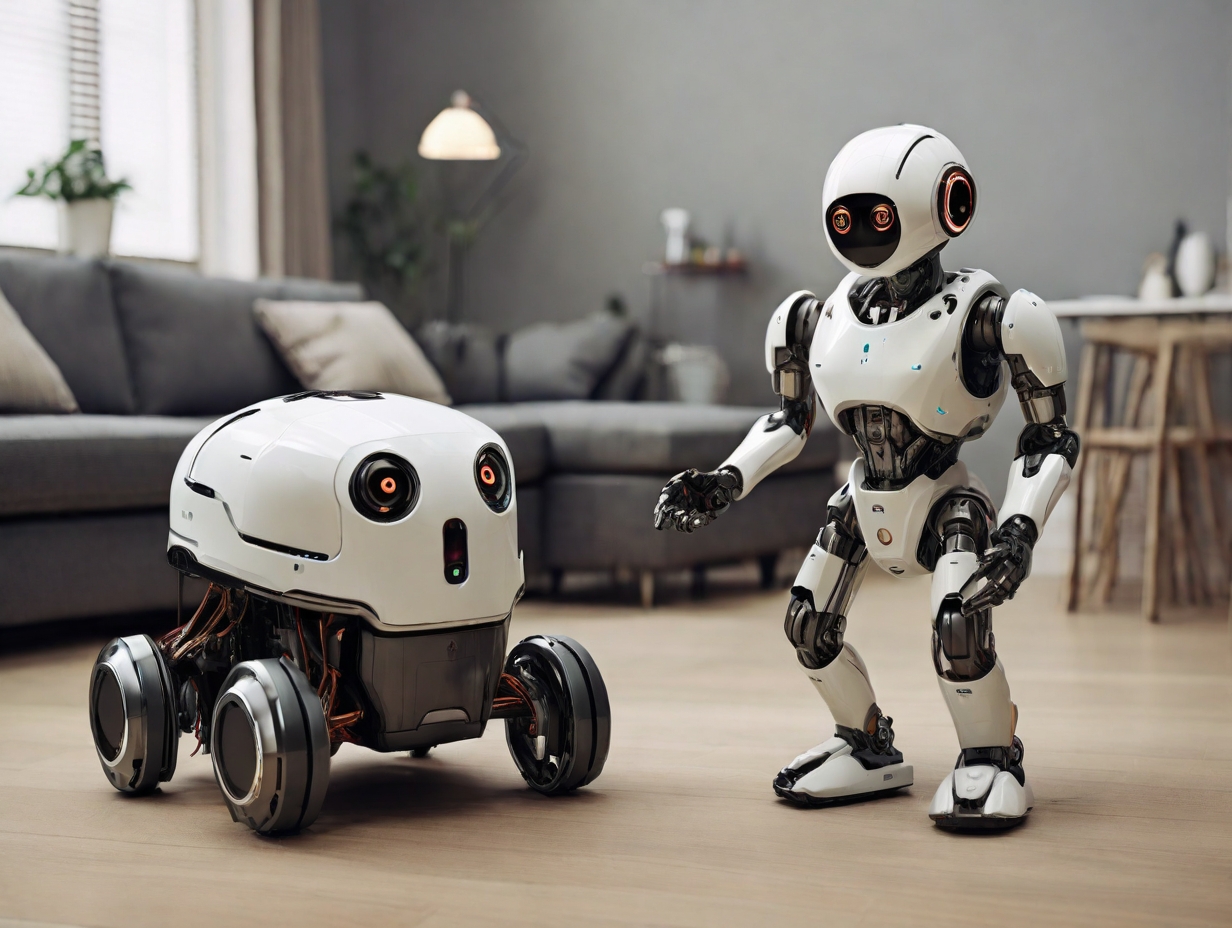MIT engineers have unveiled a groundbreaking method aimed at enhancing household robots’ capabilities to adapt to unforeseen disruptions during tasks. Through a fusion of robot motion data and the vast knowledge of large language models (LLMs), these innovative advancements promise to revolutionize the efficiency and adaptability of domestic robots.
Traditionally, household robots have been trained through imitation learning, mimicking human motions guided by physical demonstrations. However, this approach often fails to address unexpected disruptions, leading to task failures. MIT engineers recognized this limitation and devised a solution to imbue robots with common sense when faced with deviations from their trained paths.
The core of MIT’s method lies in the automated parsing of tasks into logical subtasks, enabling robots to navigate through complex actions seamlessly. By leveraging the capabilities of LLMs to generate natural language descriptions of subtasks, such as “reach,” “scoop,” and “pour,” the engineers bridged the gap between human demonstrations and robot execution. This automated parsing eliminates the need for tedious manual programming, empowering robots to self-correct errors in real time.
Groundbreaking algorithm implementation
MIT’s team developed an algorithm that facilitates the dialogue between a robot’s physical actions and the semantic subtasks defined by LLMs, a process known as grounding. This algorithm, termed a grounding classifier, autonomously identifies the robot’s current subtask based on its physical coordinates or image data. By seamlessly integrating LLM-generated subtask descriptions with real-world robot actions, the algorithm enables robots to dynamically adjust their behavior, ensuring task completion despite external disturbances.
In rigorous experiments, MIT researchers validated their approach using a robotic arm trained on a marble-scooping task. After initial demonstrations guided by humans, the robot relied on pre-trained LLMs to outline the task’s subtasks. The algorithm then mapped the robot’s physical actions to the corresponding subtasks, enabling it to self-correct deviations during execution. Remarkably, the robot completed the task despite deliberate disruptions, showcasing its newfound adaptability and resilience.
Empowering household robots
The implications of MIT’s groundbreaking method extend far beyond laboratory experiments. By harnessing existing training data collected from teleoperation systems, this approach promises to streamline the training process for household robots. With the ability to convert training data into robust behavioral patterns, robots equipped with MIT’s algorithm can easily navigate complex tasks, heralding a new era of efficiency and reliability in domestic robotics.
In an era where robotics is increasingly vital in household tasks, MIT’s pioneering method is a beacon of innovation. By seamlessly integrating robot motion data with the knowledge distilled from large language models, engineers have unlocked a new paradigm in robotics. In this paradigm, adaptability, resilience, and efficiency converge to redefine the capabilities of household robots. As this groundbreaking technology continues to evolve, the future of domestic robotics appears brighter than ever.





